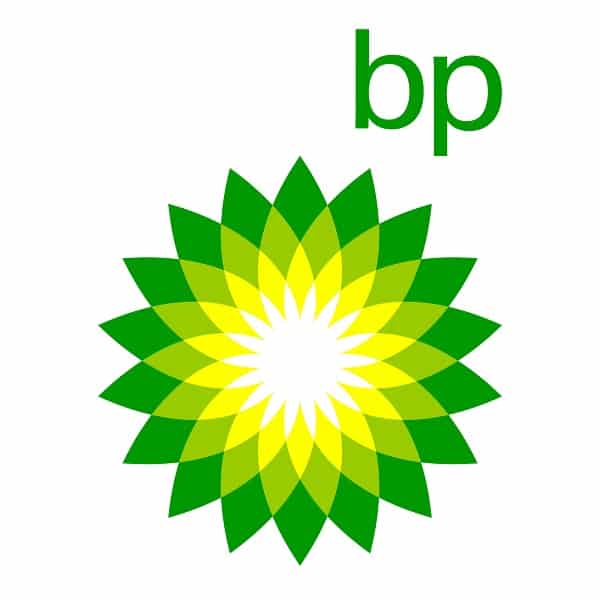
BP has agreed a licensing and engineering deal that will allow it to use blue hydrogen technology from Johnson Matthey (JM) in its H2Teeside project.
JM has developed an innovated technology called LCH to produce hydrogen from natural gas. Through the combination of autothermal and gas-heated reformers, the LCH technology enables up to approximately 99% of carbon dioxide emissions to be captured while using the least natural gas of any current commercially available technology.
BP, which also makes the Castrol metalworking and lubricant range, chose the Tees Valley for a number of reasons. Firstly, 64% of CO2 emissions in the region come from industrial activity, far more than the 24% national average, meaning there is a potentially large market for low-carbon hydrogen. Second, the region enjoys good access to natural gas supplies and planned infrastructure to transport hydrogen and store it in depleted North Sea fields.
BP’s asset development lead for H2Teesside, Will Harrison-Cripps, said that the H2Teesside project seeks to establish the founding facilities for producing low-carbon hydrogen at scale, with this helping to transform Teesside into the foremost hydrogen hub in the UK. He added:
“We are pleased to be working with JM, using their innovative technology to accelerate the pace of hydrogen deployment as we work towards commercial operations in 2028 and supporting the East Coast Cluster decarbonise a range of industries in Teesside.”
If realised, H2Teesdide will produce about 160,000 tonnes of low-carbon hydrogen each year, with some two million tonnes of carbon dioxide being captured and sequestered.








































